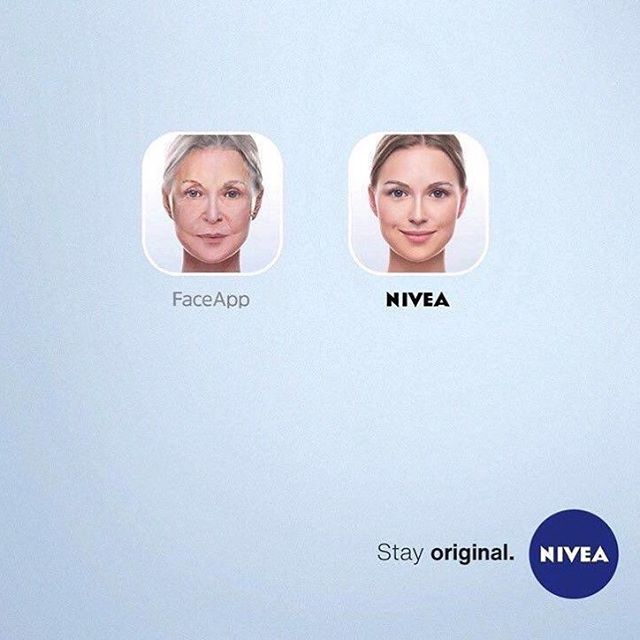Importance of Targeting in Marketing
When it comes to marketing, if you’re trying to talk to everybody, you’re not reaching anybody. If your messages are vague and generic, you are less likely to strike the right chords in the target audience. This is why targeting in marketing is extremely important.
While understanding your target group is a must, anticipating their needs and making them feel valued is a bonus. Maintaining consistency in your brand messages in turn boosts loyalty and strengthens relationships with your customers.
So, how do you make sure you are selling to the right people? For this, you need to define your target market. Always remember that no matter how popular or useful your product or service is, it will not be liked by everybody.
Also, it’s important to note that by defining your target market, you’re not stopping others outside of it from buying from you. Instead, you are channelizing your efforts into a group that represents your ‘ideal customer’.
Through market segmentation, you as a brand can get more specific about your target market:
- Demographic segmentation: Age, gender, race, religion, marital status and education.
- Psychographic segmentation: Lifestyle, personality, beliefs and interests.
- Geographic segmentation: Neighbourhood, area, city and region.
- Behavioural segmentation: Purchasing habits and brand interactions.
Benefits of Identifying your Target Market
Once you target the right individuals with your brand messages, you can achieve the following:
- Attract and convert high-quality leads: When you choose a marketing medium that speaks directly to the target market, you are more likely to attract the right people. For example, cup branding interacts with target groups in a way no other medium can. While it strikes the right chords, it also helps you secure qualified leads that will ultimately convert into paying customers.

- Helps you speak to a defined audience: A customer is able to resonate more deeply with a brand’s marketing message when they can relate directly to it. If you have a large, varied market, you’re going to struggle with creating marketing campaigns. There are certain stories or slogans only a particular group can understand. For example, brands today are getting extremely topical with their content. Whether it’s running a Game of Thrones or Face App-themed campaign, they’ve been swift to join the bandwagon and catch the wave. Creating such content is a great to capture the interests of the millennial market.

- Differentiates your brand from competitors: As a brand, when you do things differently, customers remember you for a while. When you speak to a targeted segment, they’re more likely to take interest in understanding the USPs of your brand. For example, if you choose run-of-the-mill marketing mediums, your target group is going to view you like any other brand on the block whereas if you get creative in your approach, you become memorable. Don’t we all remember the Volkswagen ‘talking newspaper’ that stood out for its creativity?
- Builds deeper customer loyalty: When you reach customers on a more personal, human level, you will be able to create long-lasting relationships. It helps you build a rapport with them and they are more likely to become loyal to your brand. Cup branding runs on the same concept wherein a target group is approached in a relaxed, clutter-free, and fun-filled environment.

Thus, targeting in marketing makes it easier for brands to reach out to their audience in a more authentic and meaningful way. While it builds brand awareness and loyalty, it also establishes a rapport between the two.
We at Ginger Cup follow relevant practices while ‘narrowing’ down the target market for your brand. Once we make the decision on how to limit the cup branding campaign geographically, we focus on other parameters such as location, gender, profession, lifestyle, age group and education. We want the paper cups to reach the right audience at the right time, and thus we leave no stone unturned.
- All
- Ad Ideas
- Advertising Basics
- Advertising Guide
- Advertising Trends
- Brand Campaigns
- Branding
- Bulk Whatsapp Messages
- Business
- Campaign
- Dealer Boards
- Guerrilla Marketing
- Guide
- Handpicked articles
- Marketing
- Offline marketing
- Online Marketing
- Paper Cup Advertising
- Social Media Management
- Trending
- Uncategorized
- Website development

